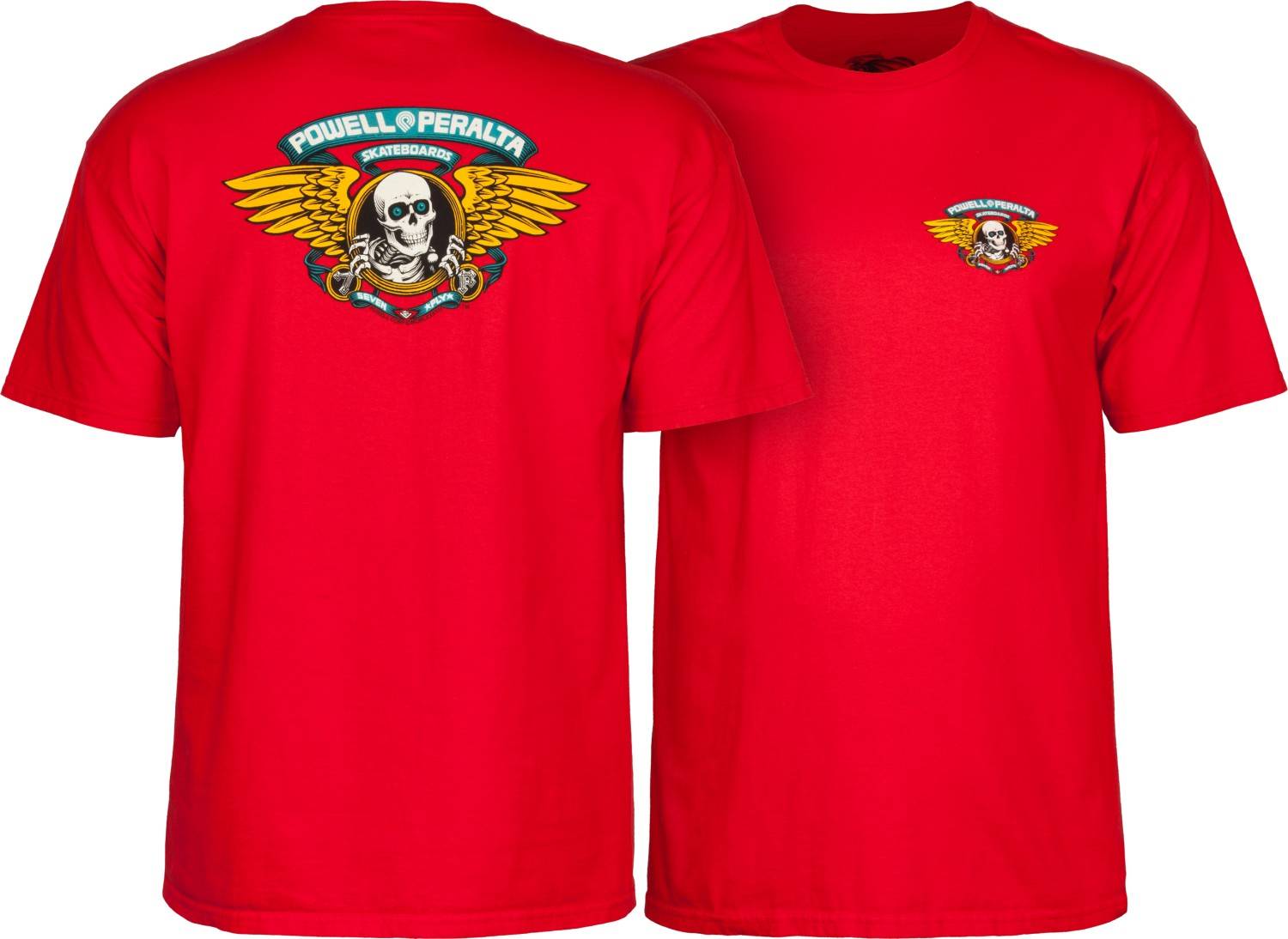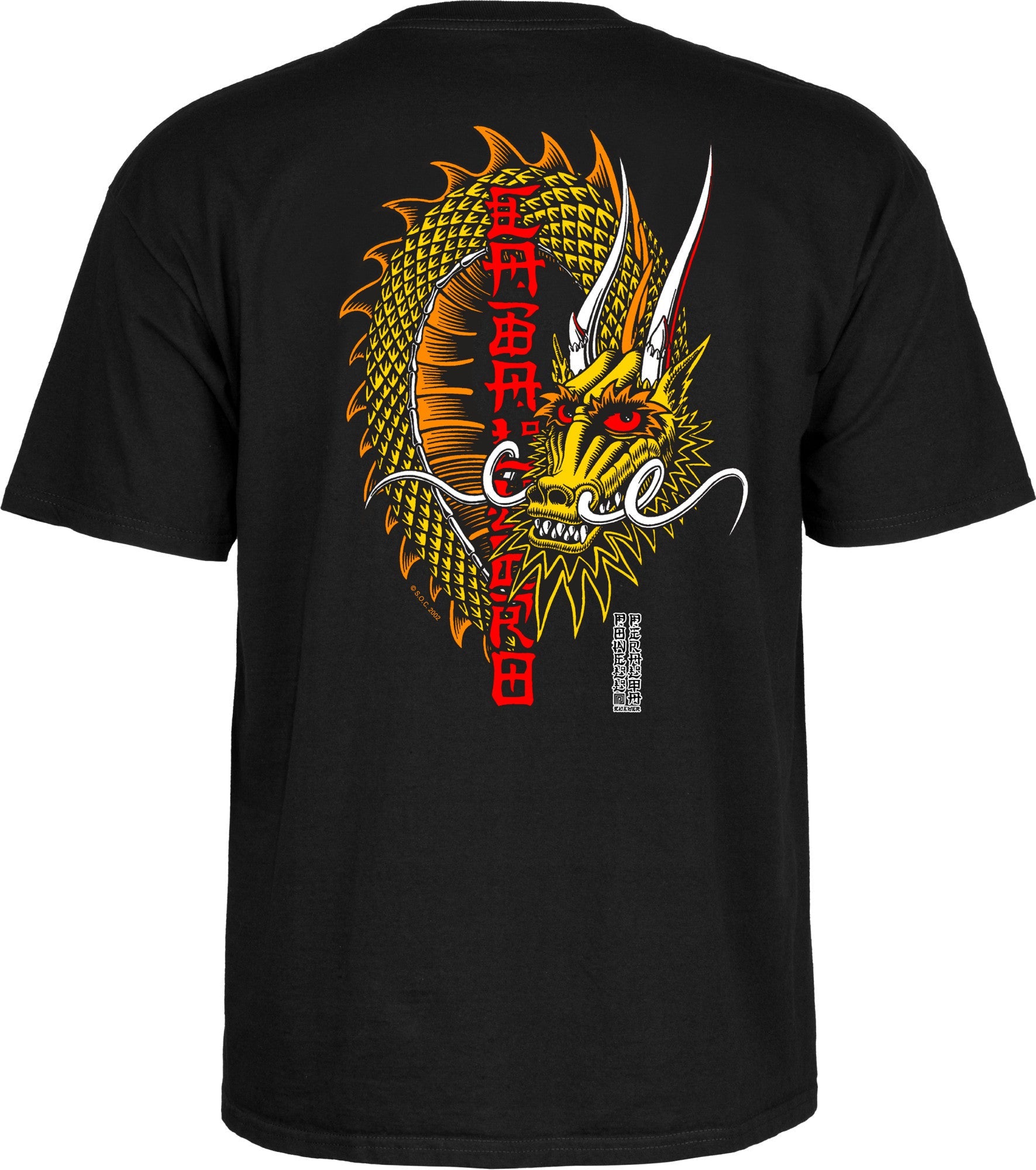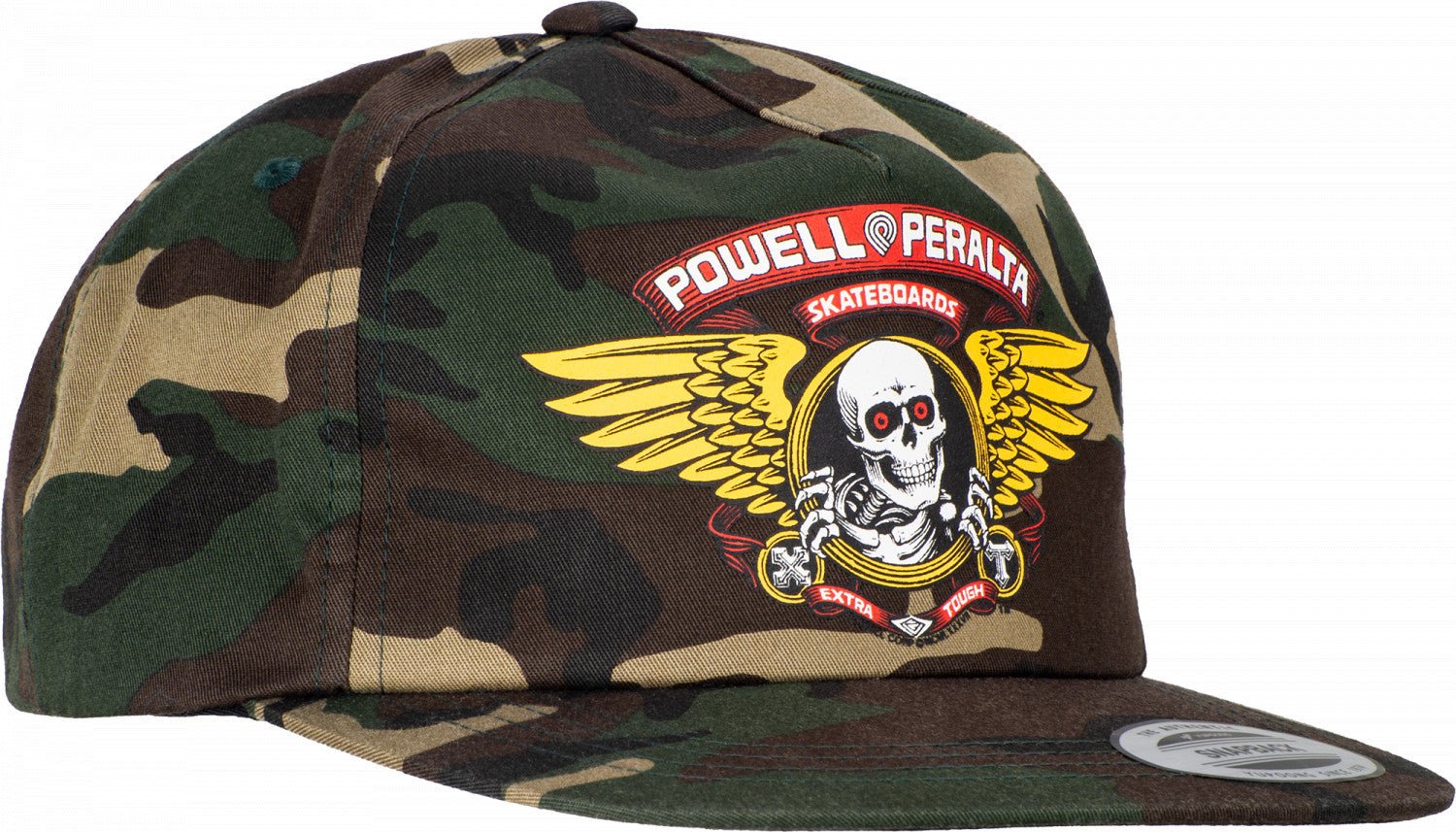About Powell Peralta
Powell Peralta is a legendary name in the skateboarding world, known for its significant influence on the sport's culture, style, and innovation. The brand was founded in 1978 by George Powell and Stacy Peralta, two pioneers whose collaboration created a legacy that continues to inspire skateboarders globally.
George Powell was an engineer by training, whose passion for skateboarding was reignited when his son asked for a skateboard in the mid-1970s. Dissatisfied with the quality of available products, Powell used his engineering expertise to create better wheels and decks. He started experimenting with urethane, which was a significant upgrade from the clay wheels commonly used at the time. These new wheels offered superior grip and durability, revolutionizing the skateboarding experience.
Stacy Peralta was one of the most influential professional skateboarders of the era. Known for his fluid style and creative tricks, Peralta brought a deep understanding of the sport's culture and needs. He had been a prominent member of the Zephyr Competition Team, also known as the Z-Boys, a group that had already left a significant mark on skateboarding history. When Powell and Peralta teamed up, they combined Powell's technical expertise with Peralta's cultural insight, creating a brand that resonated deeply with skateboarders.
In 1978, the duo launched Powell Peralta, and the brand quickly gained a reputation for producing high-quality, innovative products. One of their most notable contributions was the development of the **Bones Brigade**, a team of young skateboarders who would become some of the most famous and influential figures in the sport. Members included Tony Hawk, Rodney Mullen, Steve Caballero, Lance Mountain, Tommy Guerrero, and Mike McGill, among others. These skaters were not only exceptional athletes but also pioneers who pushed the boundaries of what was possible on a skateboard.
The Bones Brigade became known for their ground-breaking videos, starting with "The Bones Brigade Video Show" in 1984. These videos showcased the team's incredible skills and creativity, and they played a crucial role in popularizing skateboarding during the 1980s. The combination of Powell's innovative products, Peralta's visionary direction, and the Brigade's talent made Powell Peralta a dominant force in the skateboarding world.
The brand's iconic graphics, designed by artist **Vernon Courtlandt Johnson (VCJ)**, also contributed to its legendary status. VCJ's artwork, including the famous Ripper logo and the skull and sword designs, became synonymous with the rebellious and creative spirit of skateboarding. These graphics were not just decorations; they were symbols of identity and allegiance within the skateboarding community.
However, by the early 1990s, the skateboarding landscape was changing. The rise of street skating and the emergence of new brands led to a shift in the industry's dynamics. In 1991, Powell and Peralta went their separate ways, with Powell continuing to run the company under the name Powell Corporation. Despite these changes, the legacy of Powell Peralta endured.
In the early 2000s, the resurgence of interest in old-school skateboarding and the nostalgia for the 1980s brought Powell Peralta back into the spotlight. The brand reissued many of its classic boards and continued to produce new products that honored its rich history while embracing modern advancements.
Today, Powell Peralta remains a revered name in skateboarding. It continues to innovate and produce high-quality skateboards and accessories, staying true to the spirit that George Powell and Stacy Peralta established decades ago. The brand's enduring influence is a testament to its founders' vision and the lasting impact of the Bones Brigade on skateboarding culture. Whether through their pioneering products, iconic graphics, or unforgettable videos, Powell Peralta's contributions to the sport are indelible, inspiring new generations of skateboarders to push the limits of what is possible.













































